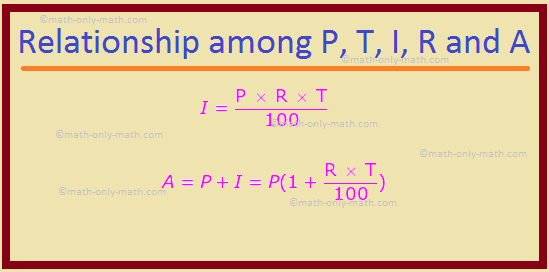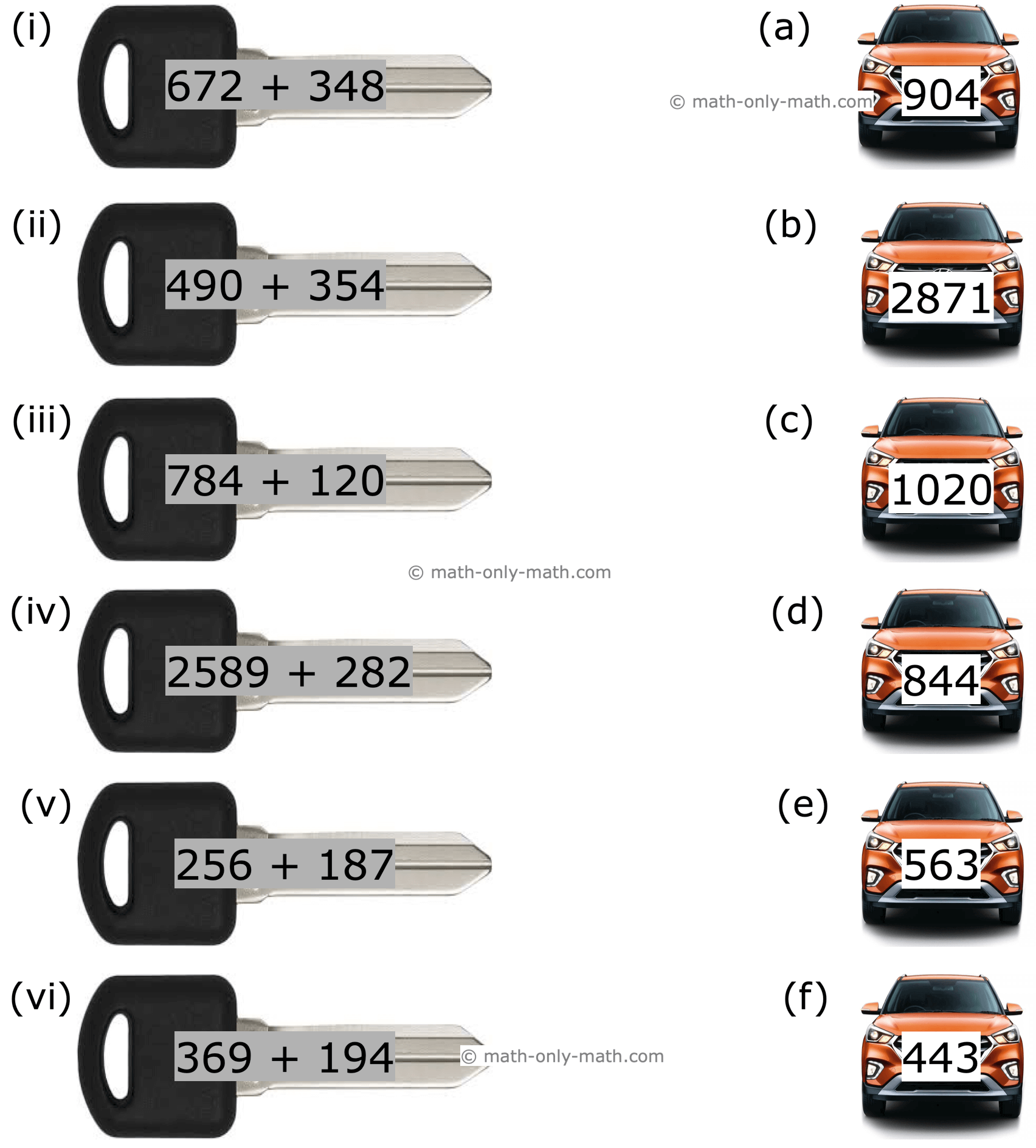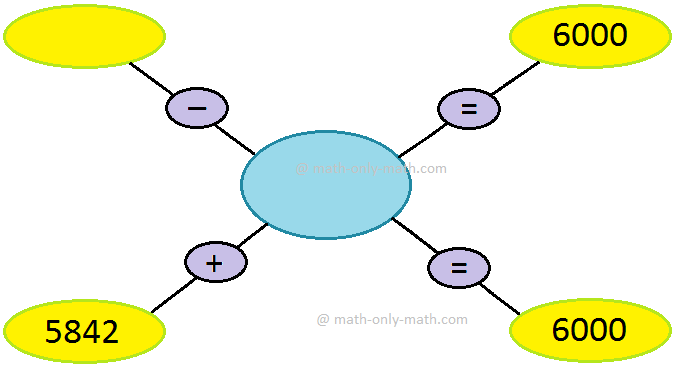Compound Interest Definition
We will discuss here about some of the basic terms related to compound interest.
Principal: The money lent by the lender (or received by the borrower) is the principal. It is denoted by P.
Time: The duration for which money is lent (or borrowed) is the time. It is denoted by T (or, t).
Interest: The difference of the money paid back and the money borrower is the interest. It is denoted by I.
Rate: The rate of interest is the interest paid on every $ 100 for a specific period of time, usually one year, six months, three months or one month. It is denoted by R (or, r).
Amount: The sum of the principal and the interest on it is the amount. It is denoted by A.
Simple Interest: The interest is a simple interest if the principal P remains same over the entire period for which money is borrowed (or lent).
The formulae governing the relationship among P, T, I, R and A are as follows:
\[I =\frac{\mathrm{P\, \times \, R \, \times \, T}}{100}\] and
\[A = P + I = P(1 + \frac{\mathrm{R \, \times \, T}}{100})\]
Compound Interest:
Many lenders such as banks add the simple interest payable at the end of a specified time such as one year to the principal if the period of borrowing is more than one year, and treat this cumulative amount as the new principal for the next year of borrowing. The simple interest is then calculated on the new principal for the next year of borrowing. The simple interest is then calculated on the new principal for the next year. In such a situation, the interest is called compound interest. Note that it is not necessary for the specified time to be one year. It could be six months, one-fourth of a year, and so on.
Thus, the amount with compound interest on a principal P for a period of two years
= (P + I) + I’,
When P = principal, I = simple interest for one year on P
And I’ = simple interest for one year on (P + I).
In other words,
the compound interest on a principal P for two years = (Simple interest on P for two years) + (Simple interest for one year on the simple interest on P for one year) + (Simple interest for one year on the simple interest on P for one year).
Clearly, (i) The compound interest on a principal P for two years > The simple interest on the same principal for two years.
(ii) The difference of the compound interest and the simple interest on a principal P for two years = the simple interest on the principal I for one year, where I is the simple interest on the principal P for one year.
From Compound Interest Definition to HOME PAGE
Didn't find what you were looking for? Or want to know more information about Math Only Math. Use this Google Search to find what you need.
Recent Articles
-
3rd Grade Math Worksheets |3rd Grade Math Sheets|3rd Grade Math Lesson
Jan 14, 25 02:50 PM
3rd grade math worksheets is carefully planned and thoughtfully presented on mathematics for the students. Teachers and parents can also follow the worksheets to guide the students. -
3rd Grade Subtraction Worksheet | 3-Digit Subtraction Worksheets | Ans
Jan 14, 25 01:57 PM
In 3th Grade Addition Worksheet we will solve how to subtract 3-digit numbers by expansion, subtraction of 3-digit numbers without regrouping, subtraction of 3-digit numbers with regrouping, propertie… -
Facts about Subtraction | Subtraction of Small Numbers|Solved Examples
Jan 14, 25 12:29 AM
The operation to finding the difference between two numbers is called subtraction. Let us know some facts about subtraction which will help us to learn subtraction of large numbers. 1. Subtraction wit… -
Word Problems on Subtraction |Worksheet on Subtraction Word Problems |
Jan 14, 25 12:21 AM
In word problems on subtraction we need to read the question carefully and understand what we need to find out. We know, in subtraction the larger number from which we subtract the other number (the s… -
Worksheet on Estimating Sums and Differences | Find the Estimated Sum
Jan 13, 25 01:34 PM
In 4th grade worksheet on estimating sums and differences, all grade students can practice the questions on estimations.This exercise sheet on estimating sums and differences can be practiced






New! Comments
Have your say about what you just read! Leave me a comment in the box below. Ask a Question or Answer a Question.